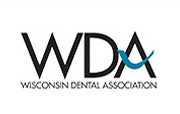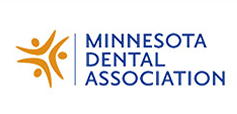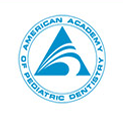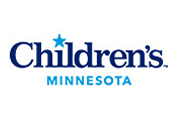









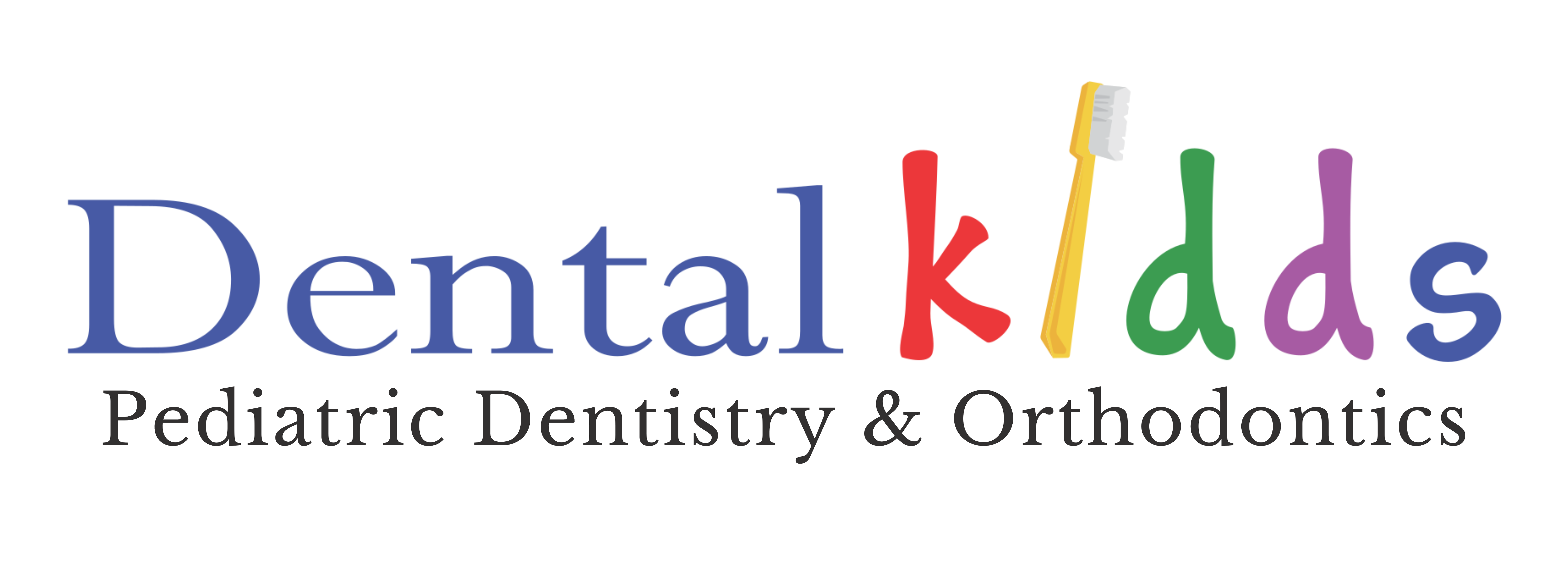

Teledentistry Forms
For patients of record, in the event of an emergency during non-clinic hours, click below to fill out teledentistry forms.
We will be in touch with you as soon as possible.
– Tooth pain waking child up at night
– Facial swelling due to infected tooth
– Knocked out permanent tooth
– Broken tooth with exposed nerve
(Links work best in Google Chrome browser)
Emergencies
According to the American Academy of Pediatric Dentistry (AAPD), the greatest incidence of trauma to the primary teeth occurs at 2 to 3 years of age, when motor coordination is developing. Having an established dental home within six months of the eruption of the first teeth or by age one is the first step towards preparing for possible tooth trauma and setting your child up for a lifetime of healthy smiles.
Knocked out baby tooth
A child knocking out a baby tooth is an unfortunate situation, but it’s usually nowhere near as severe as knocking out a permanent tooth. Your child should still come into the office for an exam and x-rays to check the surrounding teeth and unerupted permanent teeth, but in most cases no treatment is necessary. Do not try to put the baby tooth back into the socket because you could inadvertently damage the permanent tooth. You can control the bleeding by applying light pressure with gauze, and you may give your child whatever over-the-counter pain reliever you prefer. If the knocked out tooth is in the front and the parents are concerned about the appearance, an appliance called a “pedo-partial” can be placed. It is basically a denture with a fake tooth that is cemented into place until the permanent tooth is ready to erupt. Most parents do not opt for such an appliance because it is very expensive, not covered by insurance, and not well-tolerated depending on the age of the patient.
Knocked out PERMANENT tooth
Gently rinse, but do not scrub the tooth under water. If tooth appears clean, re-implant into tooth socket. If this is impossible, place the tooth in a glass of milk or a clean wet cloth and contact your dentist immediately.
-
Fractured tooth
Teeth are the strongest parts of the human body, even stronger than bone, but that doesn’t mean they are injury proof. Children chip or break their teeth all the time due to falls, sports injuries, and even chomping down on hard foods like candy or ice. If your child has broken a tooth, he or she needs to come in for an x-ray and exam. The dentist will determine the severity of the fracture and discuss the appropriate treatment options with you. Depending on the fracture and whether or not it’s a permanent or primary tooth, treatment options could involve smoothing the chip out, placing a small composite filling, doing a root canal and crown, or extracting the tooth in the most severe cases. If a permanent tooth is fractured, save the pieces and bring them to the appointment if possible.
-
Toothache
Clean the area of the affected tooth. Rinse the mouth thoroughly with warm water or use dental floss to dislodge any food that may be impacted. If the pain still exists, contact your child’s dentist. If the face is swollen, apply cold compresses and contact the office immediately.
-
Cut Or Bitten Tongue, Lip Or Cheek
Apply ice to injured areas to help control swelling. If there is bleeding, apply firm, but gentle pressure with a gauze or cloth.
If you experience a dental emergency call our office and we will work your child into the schedule for an evaluation. In the meantime, you can give your child whatever over the counter pain reliever you normally use, and apply ice if there is facial swelling. Bleeding is common with tooth injuries, and you can use a piece of gauze to apply gentle pressure. Please have your child eat a soft diet for the first 5-7 days after the trauma. Hard foods such as apples or raw carrots may further aggravate the area. A follow-up x-ray may be required to help monitor the condition of the areas unable to be seen by the naked eye. The following are signs to look for in the weeks and months following dental trauma:
- Color Change: Traumatized teeth may discolor. The discoloration may vary from light gray or yellow or possibly dark gray or brown.
- Abscess: A white pimple or bubble may form above the traumatized tooth. Call your dentist if an abscess is spotted.
- Swelling: Generalized swelling may occur in the vicinity of the traumatized teeth/tooth and can cause temporary lip or facial disfiguration.
- Mobility: The traumatized teeth/tooth may become very loose even after they have initially tightened after the incident.
- Discomfort: Complaints of discomfort associated with the affected area can occur. A child may not want to use their teeth for biting or chewing and may complain of pain in the area.

 St. Croix Kidds
St. Croix Kidds
